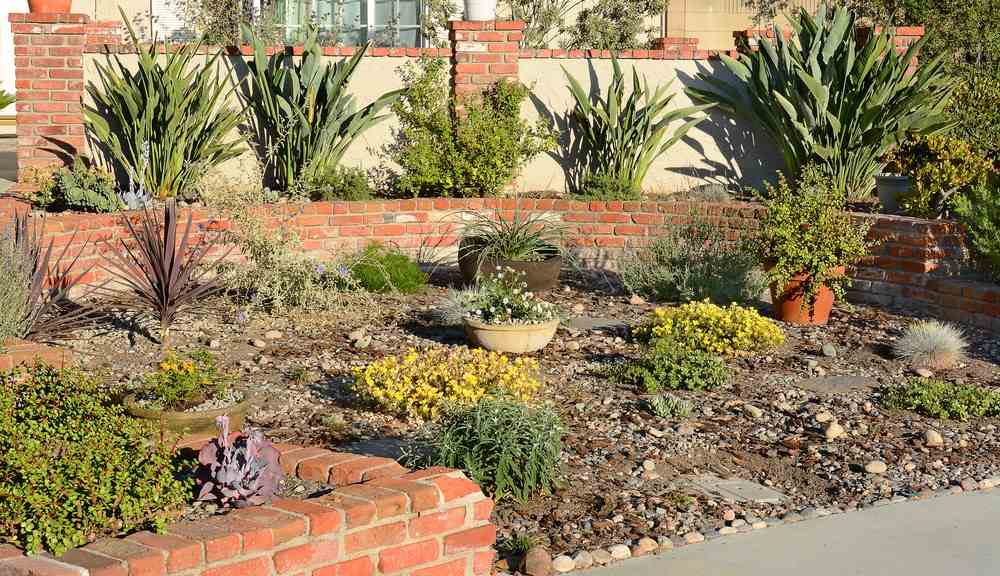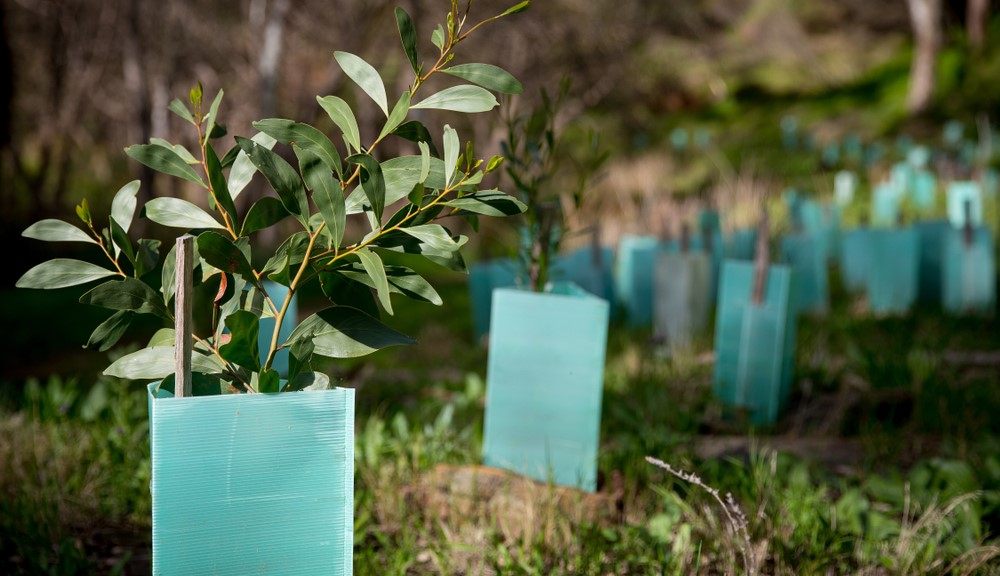Landscaping with native plants is not only a beautiful way to enhance your outdoor space but also a way to celebrate the natural heritage of your region and support local ecosystems. Native plants are species that have evolved and adapted to your specific area over thousands of years, making them well-suited to the local climate, soil conditions, and wildlife interactions. Here’s a guide to help you embrace the beauty of native plants and create a sustainable landscape:
- Understanding the Benefits of Native Plants:
- Adaptation and Resilience: Native plants are naturally adapted to local conditions, requiring less water, fertilizers, and pesticides once established. They have built-in mechanisms to withstand local climate fluctuations and are generally more resilient to pests and diseases.
- Ecosystem Support: Native plants play a vital role in supporting local ecosystems. They provide food and habitat for native wildlife, including birds, bees, butterflies, and other pollinators. They also contribute to biodiversity and the overall health of the ecosystem.
- Researching Native Plant Species:
- Local Native Plants: Familiarize yourself with the native plant species that are indigenous to your region. Identify plants that are well-suited to your specific soil type, sunlight availability, and climate conditions.
- Ecological Associations: Consider the natural associations between native plants and the wildlife that depends on them. For example, certain butterflies rely on specific host plants for their caterpillars to feed on.
- Designing with Native Plants:
- Analyzing Your Site: Assess the existing conditions of your landscape, including soil type, sunlight exposure, and moisture levels. Consider any microclimates or specific challenges your garden may present.
- Creating Habitat Zones: Design your landscape with a variety of habitat zones, incorporating native trees, shrubs, grasses, and wildflowers. Mimic natural plant communities and layer plantings for a diverse and visually appealing landscape.
- Seasonal Interest: Select a mix of native plants that provide interest throughout the year, including blooming periods, fall foliage colors, and winter textures.
- Supporting Pollinators and Wildlife:
- Nectar and Pollen Sources: Choose flowering plants that provide a continuous source of nectar and pollen throughout the growing season. Include native wildflowers, such as coneflowers, milkweed, goldenrods, and asters, to attract bees, butterflies, and other pollinators.
- Host Plants: Incorporate host plants that serve as breeding grounds and food sources for specific butterflies and other insects. For example, milkweed is essential for monarch butterflies.
- Water and Shelter: Include water features like birdbaths or small ponds to provide drinking and bathing spots for wildlife. Incorporate trees, shrubs, and brush piles to offer shelter and nesting opportunities for birds and other small creatures.
- Maintenance and Care:
- Proper Planting Techniques: Follow proper planting techniques, including digging appropriate-sized holes, amending the soil if necessary, and watering thoroughly after planting.
- Mulching: Apply a layer of organic mulch around your native plants to suppress weeds, retain moisture, and regulate soil temperature.
- Watering and Irrigation: Native plants are generally adapted to local rainfall patterns. However, water newly installed plants regularly until they are established. Once established, native plants often require less irrigation compared to non-native species.
- Pruning and Maintenance: Native plants usually require minimal pruning. Remove dead or diseased branches and shape plants as needed, keeping their natural form in mind.
- Educating and Inspiring Others:
- Share the Benefits: Educate others about the benefits of native plants, including their role in supporting local ecosystems, conserving water, and providing habitat for wildlife.
- Lead by Example: Showcase your native plant landscape and inspire others to incorporate native plants into their own gardens. Share your experiences, tips, and success stories to encourage the use of native plants in landscaping projects.
By landscaping with native plants, you can create a vibrant and sustainable outdoor space that celebrates the beauty of your local flora while supporting local wildlife. Embrace the natural heritage of your region and make a positive impact on the environment with your landscaping choices.



